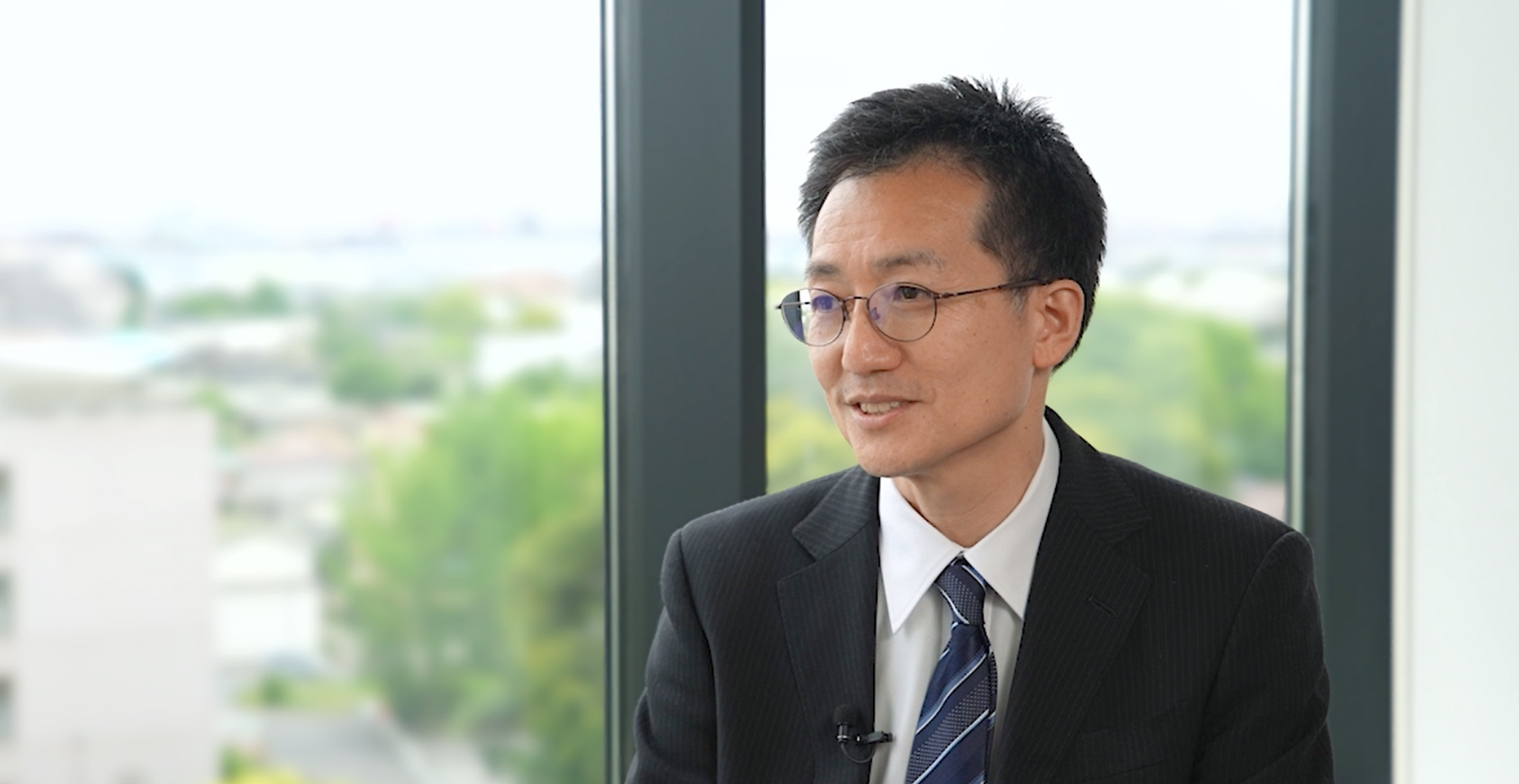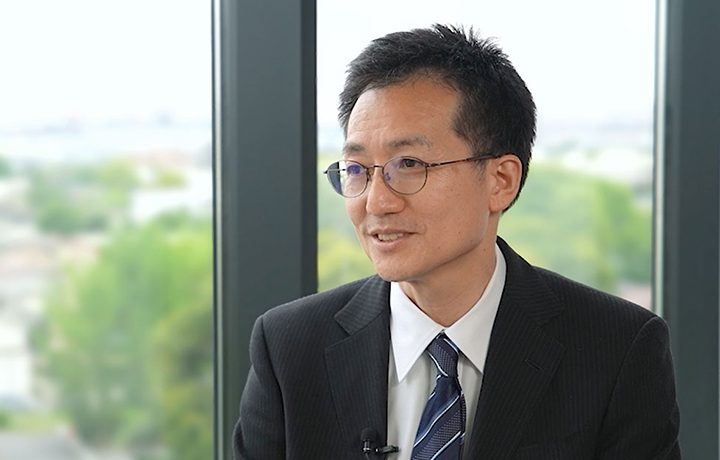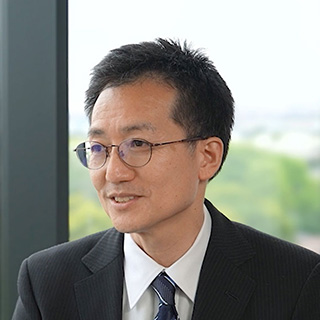In October 2021, a one-of-its-kind research hub for disaster medicine was established at Chiba University. The Research Institute of Disaster Medicine (RIDM) is engaged with a broad scope of issues, as it seeks to fulfill its purpose of supporting local communities and society. These issues include the acute medical services required directly after a disaster, as well as the health maintenance issues that become essential in the chronic phase that follows.
The RIDM comprises a fusion of academic disciplines. In addition to medicine-related fields, the institute performs research in engineering so as to foster cutting-edge, advanced technologies. Other disciplines include information sciences, sociology, and more.
The RIDM works closely with other important centers and faculty at Chiba University, providing a unique cluster for spearheading advanced, multidisciplinary research. These include the Medical Mycology Research Center, the Center for Artificial Intelligence Research in Therapeutics, and the Faculty of Horticulture, which is the only such faculty at a national university in Japan. The leading technologies and findings produced by these institutions enable the RIDM to obtain a comprehensive and broad grasp of social phenomena, which will be pivotal in its preparations for large-scale disasters in the future.
We spoke with Dr. Takashi Miki, Director of the RIDM, about the background of its foundation and its key undertakings.
The triggers were major typhoons and the COVID-19 outbreak
Please tell us about the background for the founding of RIDM.
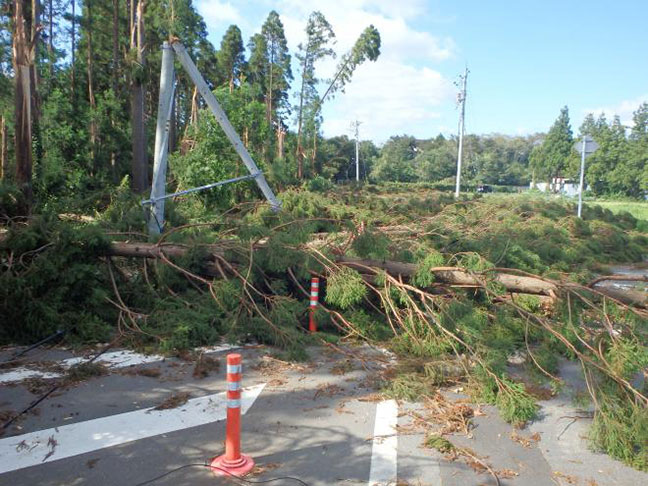
There were two major spurs: typhoons and the spread of th7e new coronavirus infection (COVID-19).
The first was the two typhoons to strike Chiba in 2019: Typhoon Faxai in SeptemberThe RIDM, the “Hub” of urban digital transformati and Hagibis in October. In particular, the violent winds that hit Chiba directly via Typhoon Faxai caused significant damage. A large-scale power outage persisted, and with the water supply halted, medical facilities, care centers for the elderly, and other essential services were hit extremely hard. Medical operations could not be performed as scheduled, and equipment to support breathing and blood circulation could not operate.
Furthermore, in a large-scale disaster, people are forced to continue living in evacuation facilities for a long time. Houses with their roofs stripped of tiles were covered with large plastic sheeting (called “blue sheets” in Japan), and such houses suffered rainwater leakage and mold growth on roofs and within the rooms, resulting in serious damage to human health. Many of the disaster victims struggled with mental health issues as well.
Medical services in a disaster include not only the acute care required immediately after, but also additional care: for stress-related illnesses and associated lifestyle-related diseases in the transition phase, for the poor health conditions that persist into the chronic phase, including mycosis (fungal infections) resulting from reduced immune functions, and for the gradually worsening pre- and post-disaster illnesses.
Remember, these illnesses and symptoms occur in the unique circumstances of a disaster and its aftermath. Yet, currently, most disaster care is concentrated on the acute post-disaster phase. Meanwhile, there are almost no analyses on the pathophysiology of the diseases that occur specifically in the transition and chronic phases, or on the development of therapeutic methods. There exist cases where the prognosis worsens in ways unimaginable in everyday situations, making appropriate assessments of illnesses and treatments in a disaster imperative.
I felt a keen, urgent responsibility to establish disaster medicine to provide comprehensive treatments, from the acute phase to the chronic phase, and to train and educate medical personnel needed for these treatments. All these factors served as our key motivators for establishing the institute.

Then, after those disasters, with the coming of 2020, it became necessary to also respond to the spread of COVID-19.
That’s right. Less than half a year after those typhoons, from early 2020, the spread of COVID-19 became another factor.
Viruses are our unseen enemies. While many viruses do not infect humans, there are some real villains among them. The fungi and bacteria that negatively impact health in the chronic phase are also difficult to detect. But remember, there are no existing methods to protect or treat one from a completely new virus. As the impact spreads, we can only search for these methods. The virus spreads in waves, and each wave threatens to overwhelm existing medical systems. In such situations, we have to make choices that seem to be the most effective at that time.
So, comprehensive disaster medicine for natural disasters and pandemics seems to be the kind of research that we need right away, given that Japan is a country riddled with natural disasters.
What would happen if, at roughly the same time, a major earthquake occurred directly under the Greater Tokyo Area, along with a mega typhoon or natural disaster, and if a new and virulent virus were to suddenly spread through a society? In that case, the sum “1+1 = 2” would never hold. To face such a menace, we need to gather our past experiences dealing with disasters in addition to the findings from the latest research. We should consider every possibility of what we can to protect human life and health, as well as the quality of daily life. This is the role of disaster medicine, and in particular, that of our institute.
A research hub that condenses the best in medical science, engineering, information, and sociology
The RIDM has 16 cutting-edge research divisions, is that right?
Well, our initial idea was to have medical-related divisions only. But we realized that Chiba University has a number of leading divisions with disaster expertise, in engineering, sociology, information processing, and more. We successfully recruited related divisions within our institute, since we shared the vision of a medical system that could provide collaborative results and services in all of these domains, as well as a more comprehensive and closely integrated research base.
We currently have 16 research divisions in five clusters. Each of these divisions has been able to transcend its domain of expertise to come together for interdisciplinary and collaborative work and research. The Research Institute of Disaster Medicine is truly a site of fruitful co-creation.
Let’s consider one of these domains, for example, Engineering. What kind of collaborative research is being performed here?
We can perform remote sensing and the analysis of data that we obtain from air-borne, sensor-equipped drones. This enables the instantaneous assessment of damage conditions throughout an area, and we can use the existing technologies to provide this and other evacuation-related information when and where it’s needed. Our analyses are at resolution unit-rates of just several meters, enabling us to track human movements as well. We can patrol and monitor sites where there are considered risks of secondary damage and effectively confirm their status. We hope to develop further technologies that will enable the deployment of ambulance transport and supply systems, etc., in connection with this information.
Artificial intelligence (AI) medicine, which actively utilizes these remote-controlled and data-driven technologies, will be our strong ally in the long-term. We expect AI medicine will help with sustained responses to disasters, from the acute to the chronic phases.
Additionally, we are researching tsunami-proof shelters and medical radiation hazards related to nuclear accidents. Radiation is another “invisible disaster.” It has aspects that overlap with countermeasures for viruses, such as air-conditioning management and thorough quarantine strategies. These are issues we cannot avoid if environmental issues, nuclear terrorism, or energy shortages related to international wars and conflicts occur.
What are other academic disciplines involved in joint research?
We are researching community building and development while incorporating legal and ethical aspects. We link this with our fieldwork at disaster sites, supporting spoken communications with and among local residents, and we connect with governments and community organizations, and others to bolster the creation of strong communities.
As an example, let’s look at our research that considers environmental changes that are expected to occur due to a disaster, and the impacts thereof, on human health. Here, our research spans a broad spectrum of issues, including technologies for monitoring the health effects of chemical materials, and the harmonizing of physical and societal environments. This can enable community building and development that establishes residential environments strongly resilient to disasters, and an environment that ensures health protection if and when a disaster occurs. And we are making steady progress with this research.
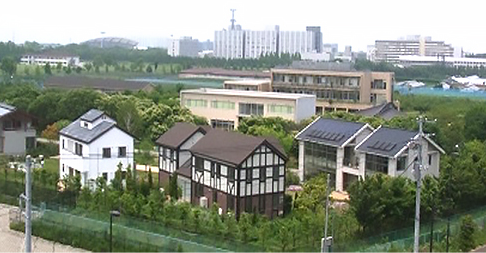
Through our collaboration with Chiba University’s Faculty of Horticulture—the only such faculty at a national university in Japan—we support the rehabilitation of disaster areas with greenery, trees, and flowers, while considering the impact of disasters on the mental health of local communities.
Through practical disaster-related activities, we have been demonstrating the importance of providing disaster-hit areas with not only the necessities of life (food, shelter, clothing), but also services that will bolster mental health and happiness, and heal the minds of victims.
The RIDM, the “Hub” of urban digital transformation
So, you are saying that science and the humanities are equally important in facing a disaster.
Certainly. We only recently established the RIDM. We are constantly on a quest to increase our contacts and human networks and further expand our research domains in the future. Our system creation is also focused on educating and training the next generations, who can practically incorporate science and technology to meet the requirements of society.
Co-creative research also entails tie-ups with governments and private companies in ways that can be linked with strong regional and community creation.
In June 2022, Prime Minister Fumio Kishida launched the Vision for a Digital Garden City Nation: Achieving Rural-Urban Digital Integration and Transformation. This is a vision that will help Japan solve its serious problems, including population decline, chronic depopulation, and the “hollowing out” of industry (which includes, for example, companies shifting from domestic production to overseas operations, etc.), through digital transformation.
In order to realize a society of convenience and comfort, where one may live securely throughout their life, we are building momentum to bring about government-academia-industry collaborations and open innovation with regional universities at its core.
The RIDM is right in the middle of such momentum. Our links with local governments and businesses enable the creation of closely linked medical, health, and information services. Only through this kind of relationship-building, regularly working in the region and with its communities, are we going to be able to foster strong recovery capabilities for any and all kinds of potential disasters.
In this way, the RIDM holds this theme of “disaster” to serve as a hub for uniting a wide variety of actors, such as researchers in various research domains, governments, companies, mass media, and other key organizations and citizens. Sharing our joint findings and building our human relationships will result in a great united strength that will have positive impacts on society.
We still have time. Let’s not give up but continue working together to prepare for disasters!
Please tell us what points will be of special focus to your research activities, now and into the future.
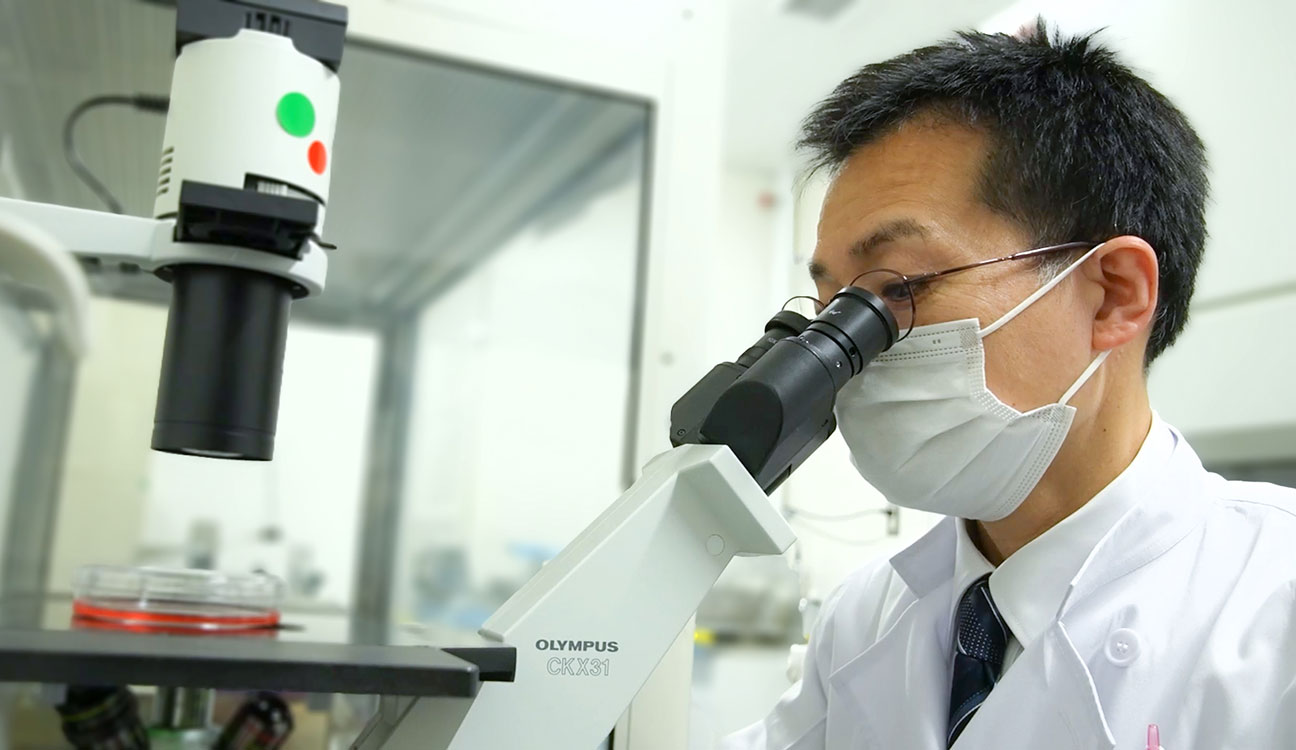
At the moment, we are seeking to increase the number of people and institutions we can work with, especially our collaborations with private companies. Remember that we are involved in broad-ranging, cutting-edge research at the Research Institute of Disaster Medicine. We are aiming to become a hub of ideas and findings that can be applied in everyday business, and to generate “things” that can be used in domains linked with sustainable development goals (SDGs), as well as in the Environment, Social, and Governance (ESG) areas.
Company leaders tend to postpone disaster-preparedness projects, as these do not involve pressing, bottom-line decisions. Hence, disaster medicine may also seem completely unrelated to them. However, the ideas and products that are developed for utility and convenience become even more important in times of crisis. We need to share this perspective with businesses, to foster findings and technologies that can be applied “phase-free” when the time comes. Through our co-creation, the Research Institute of Disaster Medicine will generate numerous technologies and ideas that can even make our ordinary daily lives better and help us become more prepared for emergencies. First, we want to work with all sectors to freely brainstorm together, and build relationships that will last. I believe this will generate many fruitful suggestions and opportunities for private enterprises as well!
Do you have any final messages for our readers?
Japan might be known as a general “department store” of disasters—we experience virtually everything and at high frequencies. We might panic or even freeze when we think of all the things that would happen or what needs to be done. Humans are particularly psychologically prone to ignoring the realistic threats of huge, unprecedented disasters.
Yet, we must remember the importance of taking action ourselves and protecting our own health. This is linked to our day-to-day happiness. We need to be aware and prepared, day after day after day.
We still have time if we start now.
Please come and work together with us at the RIDM. Together, let us strengthen our preparedness and ability to respond effectively to whatever the future holds.
Series
“Disaster Medicine” to Protect our Mind and Body from Disasters
The Research Institute of Disaster Medicine aims to build a disaster medicine and nursing system in the post-corona era. In addition to researchers of medicine, pharmacy, and nursing, those of horticulture, engineering, humanities, and sociology work together to create a new society.
-
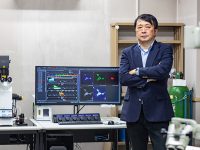
#1
2022.10.25
Creating a Pandemic-Resilient Society to Tackle Future Invisible Enemies
-
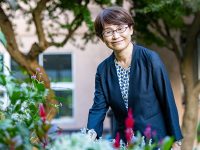
#2
2022.12.07
Shedding Light on the Public Health Nurses Working at the Front Lines of Disaster-Stricken Areas
-
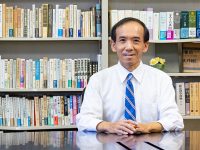
#3
2022.12.12
What causes nations and regions to perceive the COVID-19 crisis differently?〜Insights from the Humanities and Social Sciences Needed for Disaster Management Research
-

#4
2022.12.20
Let Community-Based Disaster Reconstruction take roots
-
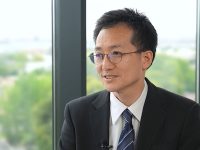
#5
2023.02.23
The role of the Research Institute of Disaster Medicine (RIDM): The indispensable research hub for urban digital transformation
-
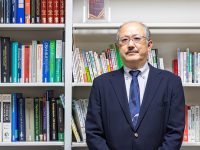
#6
2023.02.27
Affecting behavioral changes through a combination of mind and body: How can we calmly cope with stress in the event of a disaster?
Recommend
-
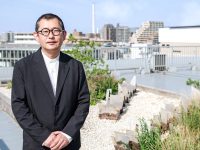
Creating Cities of Coexistence: Transitional Landscapes with the Tapestry of Diverse Lives
2024.02.09
-
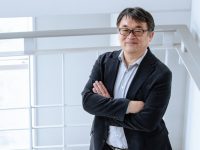
Predicting Future CO2 Absorption and Emissions in Terrestrial Ecosystems: International Geostationary Meteorological Satellite Network for Accurate Estimation
2023.07.04
-

Children-centered support and school operations: On the occasion of the founding of the Children and Families Agency
2023.02.15


